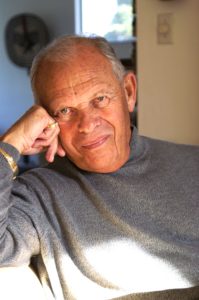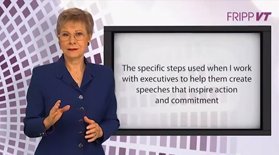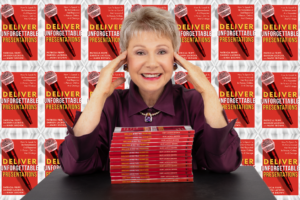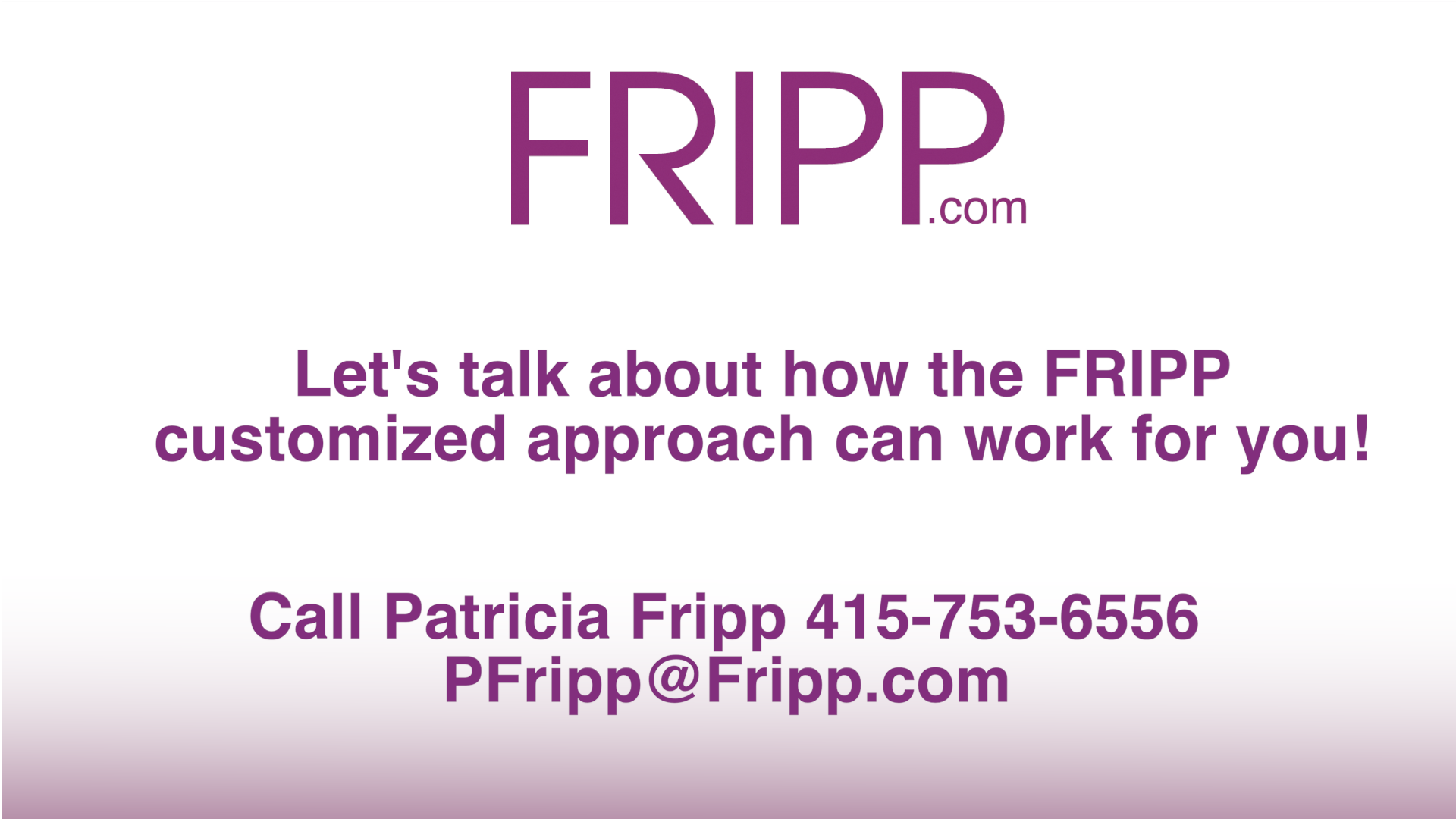How to Make a Powerful Impact in Your Presentations
Never Make the Mistake and Underestimate the Power of a Moment to Reflect
Alan Alda says, “It is the space between the lines that make it a great performance.”
That means you must never underestimate the power of the pause. This is true in acting as well as in speaking and music.
My brother Robert Fripp, the legendary guitarist and one of Rolling Stone magazine’s “100 Greatest Guitarists,” explains, “The music is between the notes, not in the notes.”
Your message is not simply conveyed by your words; it is also with your pauses.
A pause isn’t a moment of nothing. Used strategically, it is a tool to help you build an intellectual and emotional connection with your audience. When you pause, you give your audience time to process what you have just said. A pause allows your listeners to stay engaged and enables them to follow what comes next. If you tend to speak rapidly, it is even more important to allow adequate time for pauses.
If your talk were written out, imagine where you would have:

- a comma
- a period
- an exclamation point
- an ellipsis (…)
- an underlined word
- a new paragraph.
Use this as a guide for pauses.
The late, great, and very much missed Ron Arden was a legendary speech coach with a theatrical background as an actor and director. He coached me and his many clients on our pauses.
You may find this helpful explanation interesting:
Ron’s nine types of pauses…and how and when to use them.
- Sense Pause
The sense pause is roughly where a comma would be in writing; however, it occurs about twice as often. It is more frequent than the comma because in writing, if your audience cannot understand something, they can reread it. Since this isn’t possible in speaking, you must allow time for your audience to process. This is a way of grouping words into shorter sentences and phrases so the audience can keep up with what you are saying. This pause usually lasts from one-half to one second.
- Transition Pause
The transition pause is where a period would be in writing. It separates one thought from another. Many speakers are unaware that they are speaking in run-on sentences. Audiences are not able to process rapid speech as well as we might think they can, especially if the content is unusual, emotional, poetic, dramatic, or new. This pause lasts between one to two seconds.
- Dramatic Pause
A dramatic pause is used to set up and spotlight what you will say next. For example, “Do you know what happened . . .?” (Pause, pause, pause.) This heightens tension in your narrative and gets the audience involved. You have to highlight a dramatic pause by following it with a statement that rewards your audience for following along with you. A dramatic pause can last anywhere from three to seven seconds.
- Reflective Pause
A reflective pause gives your audience time to think. Complex or unusual statements need to be followed by time for reflection. This type of pause says to your audience, “This is important. Take a moment and think about it,” or “I’ve left a space for you to think . . ..” A reflective pause can last from three to seven seconds.
- Pause for Effect
A pause for effect is shorter, usually just one to two seconds. It creates the feeling that something is going to happen and lets words hang in the air so the audience can play with them in their minds.
These next four are advanced uses of the pause that you can implement to add finesse to your public speaking.
- Spontaneity Pause
This pause creates a feeling of spontaneity. It is a technique that suggests you are thinking about your words as you are speaking and not simply reciting something you have said many times before. This will keep you and your audience members interested, even if you are actually very familiar with what you are saying.
- Pause to Relinquish Control
This pause is particularly useful in Q & A situations. When responding to a question, it is easy to begin rambling or repeating yourself and weakening your response. Nail your response to the question, and then pause to indicate you are finished speaking.
I often direct an open hand gesture toward the audience member while I listen to and answer their question. After my answer, I sweep my open hand to the rest of the audience to invite other questions.
- Sensory Pause
Use this pause to support a description that appeals to the senses. For example, “A beautiful warm afternoon,” (pause) . . . “Imagine it,” (pause) . . . “Willows softly rustling in the breeze,” (pause) . . . “Birds chirping in the trees,” (pause) . . . “Sitting with a cold glass of lemonade in your hand,” (pause) . . .. Create a heightened feeling in your audience by pausing to allow their senses to take hold.
- Pause for Emphasis
Ron always told me, “Fripp, the enemy of the speaker is sameness.” I like to say, “Even good ‘same.’”
That can be speaking at the same time, tone, pace, and energy level for too long. Repetitive hand gestures and movements. The over use of words or phrases.
Our audiences are stimulation junkies with short attention spans. When we add variety to our presentations and orchestrate our comments, we are more likely to keep their attention longer. Use pauses to delineate your key points. Keep your presentation dynamic so your audience does not get lulled to sleep. Use pauses as one technique to break audience distraction.
Remember, if you are a powerful presenter, appreciate the importance of the pause.
Ron used to tell me, “A speech is not a monologue. A speech is a dialogue between your words and each audience member’s inner dialogue.” Pauses allow your audience members to interact mentally with your words. A skilled speaker will often engage an audience more with pauses than with speaking.
Remember one more time, never underestimate the power of the pause. Why not review your next presentation and find a place to intentionally use at least three?
Although Ron Arden is no longer with us in person, his influence is felt by audiences world-wide through the words and impact of his students and those they influenced.
These principles were included in a podcast interview I had with Ron one week before he died. He felt and sounded good. Then he moved to the sound of silence. Ron RIP.
Any comments taken from this article must give full credit to Ron Arden and author Patricia Fripp www.fripp.com.

![]() Whether you are a beginner or a professional speaker you can dramatically improve the quality of your presentations with Fripp Virtual Training. Get results on your own schedule.
Whether you are a beginner or a professional speaker you can dramatically improve the quality of your presentations with Fripp Virtual Training. Get results on your own schedule.
Take a trial with FrippVT A state-of-the-art, web-based training platform that emulates live training and coaching. It is almost as if Presentation Expert and Executive Speech Coach, Patricia Fripp were sitting in front of you. FrippVT is designed to be immediately engaging and makes it fun to learn. If you are a novice presenter or a seasoned professional, you will find the content both practical and relevant.
Sign up for your complimentary trial and discover how FrippVT can transform you and your team. Get immediate access to preview the quality of the content and interactivity.
“I am an enthusiastic FrippVT member and this is the BEST training I have seen.”
– Mohan Subramanian, IT Advisor and Leadership Coach, Agrata Consulting
Talk to Executive Speech Coach and Hall of Fame Keynote Speaker Patricia Fripp to make your next presentation a masterpiece.
Why not go to Amazon and get immediate access to Patricia’s latest eBook?

“I’ve worked in the White House. I’ve coached CEOs on communications. I’ve written speeches around the world.
If your income, effectiveness or reputation depend on giving powerful presentations, this book will transform your impact.
Every page has practical tips that you can apply immediately. In my lifetime, I’ve attended more than 100 courses and workshops on all manner of speaking and presenting.
Patricia Fripp’s sessions have always delivered the MOST value per minute — and this book puts all her wisdom in one easy volume.
Patricia Fripp makes the intimidating world of presentations easy to conquer. She lays out (in 8 steps) exactly what to do — and NOT do — at every step of the process. She makes it simple and fun.
Her writing is crisp. Her tips are practical. Her examples are powerful.
You can’t go wrong learning from Fripp.” Pete Weissman
Need help for you or your team on improving important conversations and presentations? The Fripp Customized Approach will work for you. Contact Fripp today!

